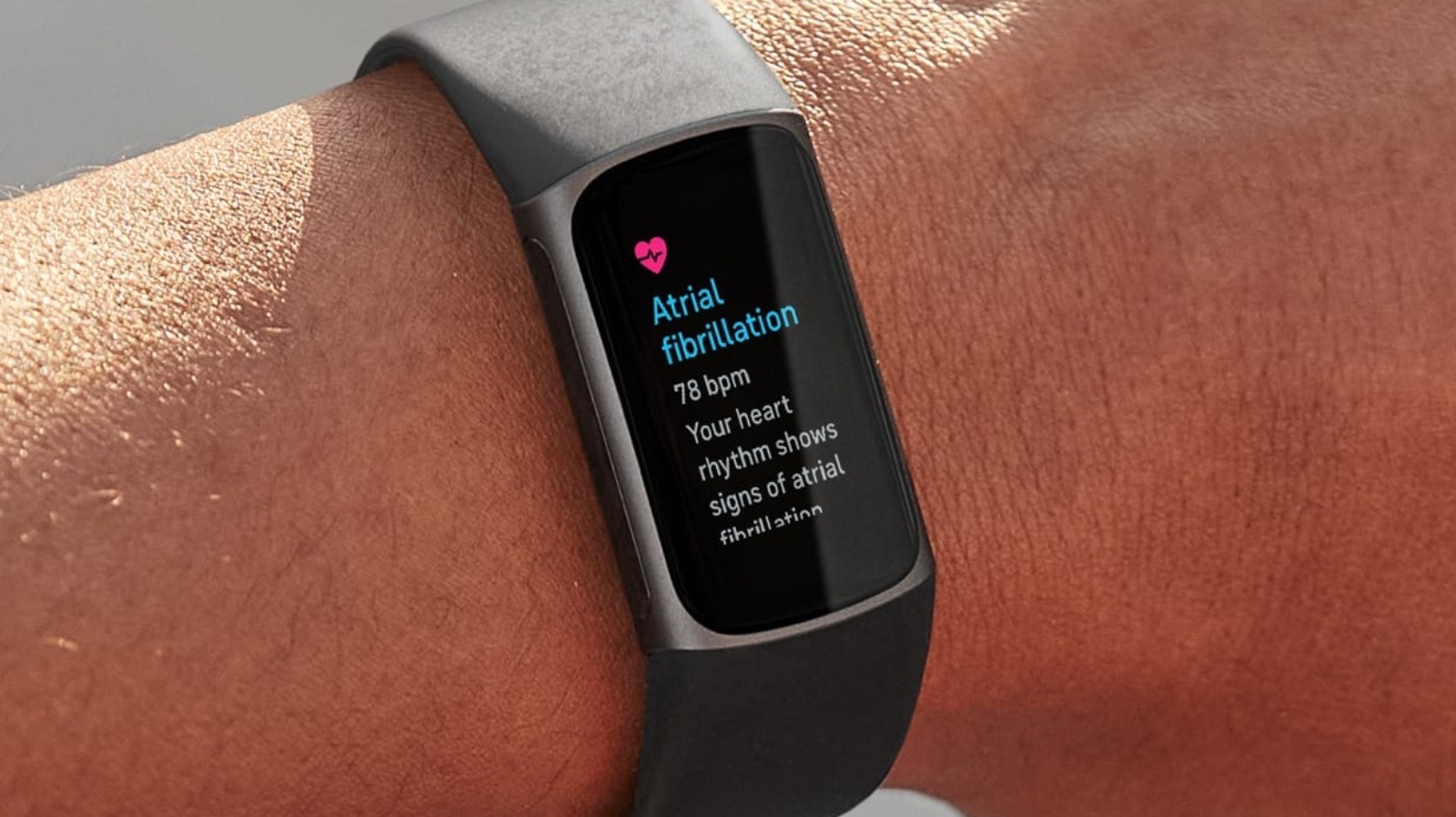Fitbit Gets FDA Greenlight To Passively Monitor Your Heart Rhythm

Fitbit’s Sense and Charge 5 devices are already able to actively check for AFib using electrocardiogram (ECG or EKG) technology (in countries where they are approved to do so). Users place their fingers on their devices where electrodes actively measure the user’s heart rhythm by detecting the electrical signals emitted from the heart every time it beats. An irregular heartbeat can indicate AFib, and the resulting electrocardiogram data can be reviewed by a doctor and further investigation can then be pursued if needed. Detection of AFib using active monitoring can only assess AFib during the period of monitoring, however.
The addition of passive algorithmic PPG monitoring for AFib adds a significant upgrade to Fitbit devices’ current range of heart rhythm detection abilities. Equipped with a Fitbit PPG optical heart-rate sensor, Fitbit devices are able to assess heart rhythm in the background when a person is resting or asleep. According to the Fitbit team, the device’s optical heart-rate sensor can measure the expansion and contraction of tiny blood vessels throughout the body as the heart pumps blood through the circulatory system. With continual monitoring of this sort, AFib symptoms and episodes which might otherwise go unnoticed are much more likely to be caught by Fitbit’s new PPG algorithm. The company says that clinical testing has shown its new system to be 98 percent effective.
For all the latest Gaming News Click Here
For the latest news and updates, follow us on Google News.

